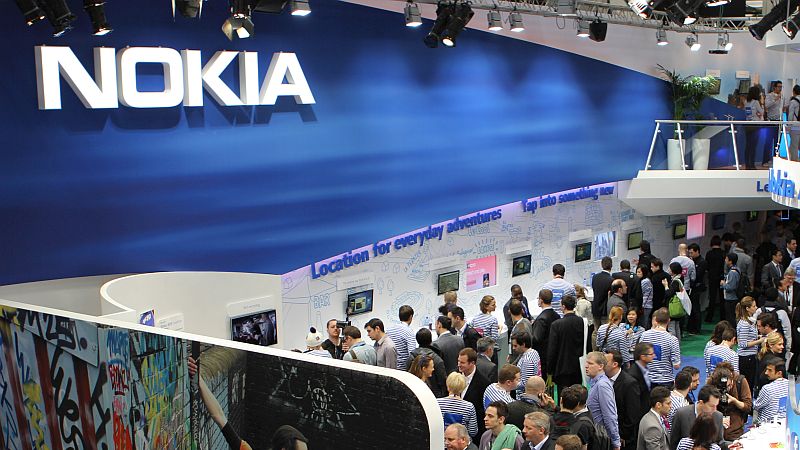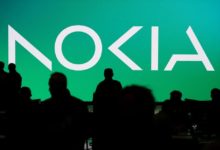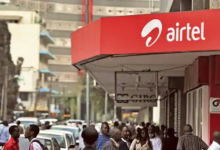
Back in the golden age of mobile phones (not smartphones, mind you) Nokia was the best-selling phone brand in the world. As camera phones started to advance, Nokia lost a lot of market share to its competitors and didn’t survive the advent of the iPhone. Its phone division along with the Nokia brand was sold to Microsoft. The Redmond giant did try to sell its Windows-powered phone line under the Nokia brand but failed to attract too much appreciation from the users – the hardware was first-class but the software was not on par with what the users wanted. Ultimately, Microsoft gave up its mobile dreams, focusing on app development instead, and the Nokia brand returned to Finland, to a holding company called HMD determined to restore it to its former glory. Judging by the phones the company released this year, it does have a chance to do so.
The second generation
While Nokia’s phones were pretty well received by the public last year, they did not stand out from the crowd. They were in line with the rest of the smartphones in the market, providing perfect tools to read the news, play the games, bet at Betway Kenya, and snap great pictures and selfies, but other than that, they were pretty much the same as their competitors’ handsets.
This year, in turn, the press is speaking a lot about Nokia, and the topic is usually not the company’s revival of its most popular phones from the pre-smartphone era (last year, it released an updated Nokia 3310, and this year, it launched a new and improved “banana phone”, the iconic Nokia 8110). It has, in turn, also updated its Android-powered smartphone line – and this time, it has captured the interest of the specialty press and the users alike.
For every pocket
Nokia has a phone for every pocket – literally.
Its cheapest model is the Nokia 1 equipped with a quad-core CPU, 1GB of RAM, 8GB of internal storage, a 4.5″ touchscreen, a 5MP camera, and Google’s latest innovation, the Android Oreo: Go Edition running on low-end hardware, allowing the phones to be dirt cheap and always up-to-date.
The Nokia 2 is an entry-level smartphone with a friendly price tag (under Ksh12,000), a quad-core CPU, 1GB of RAM, a 5″ screen, an 8MP camera, all the sensors a smartphone needs, and a massive battery.
The Nokia 3.1 is an update to last year’s Nokia 3, offering a low-end to midrange alternative to users. Released this May, it comes with an octa-core MediaTek CPU, 2 or 3 GB of RAM, 16 or 32 GB of internal storage, a 13MP camera, a decent battery, a 5.2″ screen, and running the latest version of Google’s Android One – with no bloatware, and with updates handled by Google directly. All this for a price tag of around Ksh18,000.
Another update called Nokia 5.1, priced at around Ksh24,000, comes with an octa-core MediaTek CPU with 4×2.0 GHz Cortex-A53 & 4×1.2 GHz Cortex-A53 CPU cores, 2 or 3 GB of RAM, 16 or 32 GB of internal storage, a 16MP camera, a decent battery, and finer things like a fingerprint reader on its back, USB-OTG support, and other goodies.
The Nokia 6.1 is on the more expensive side of things with its Ksh 29,000. It has an octa-core Qualcomm Snapdragon 630 SoC, 3 or 4 GB of RAM paired with 32 or 64 GB of internal storage, respectively, a 16MP Carl Zeiss main camera, a 5.5″ touchscreen, and further goodies for connoisseurs.
Last but not least, let us mention the manufacturer’s flagship phone, called the Nokia 8 Sirocco, with a price around Ksh88,000. The phone comes with Qualcomm’s top-notch Snapdragon 835 SoC, 6GB of RAM, 128GB of internal storage, a dual camera on its back (a 12MP and a 13MP camera with Carl Zeiss optics, 2x optical zoom, and a dual-LED, dual-tone flash), a fast-charging 3260 mAh battery with Qi-compatible wireless charging, and pretty much everything else you would expect from a modern-day flagship phone.
Nokia was reborn from its ashes like the mythical Phoenix. Let’s hope that its phones will be as high-quality and rugged as the ones that made it the de facto leader of the mobile phone market back in the 1990s.



